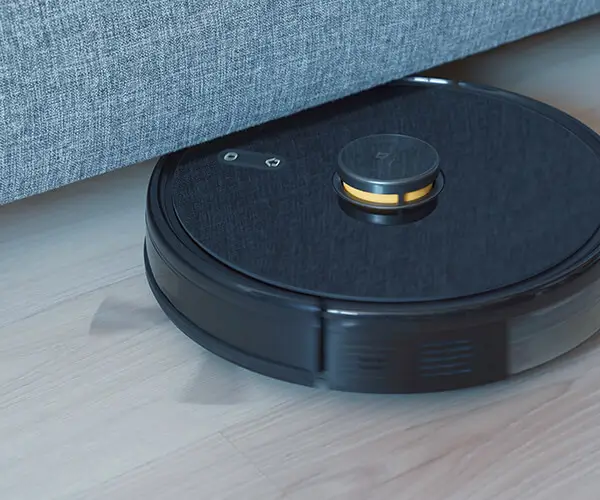When you’re diving into the world of motion control, one component stands out for its precision and reliability: the servo motor. This little powerhouse is the unsung hero in everything from robotics to CNC machines. So, what makes it so special? Let’s take a look at the servo motor mathematical model to see why it’s a game-changer in automation.

The servo motor operates by adjusting its position based on feedback, making it a key part of closed-loop control systems. At the core of this is the mathematical model that governs its behavior. Simply put, this model helps predict how the motor will react to different inputs, ensuring smooth, accurate movements every time. It’s like having a roadmap for the motor’s actions, guiding it to where it needs to go with pinpoint precision.
Now, what exactly does this model include? Well, first, let’s talk about torque. Servo motors are all about torque, and the mathematical model is designed to calculate how much force is needed to rotate the motor shaft to a specific position. It factors in things like load, inertia, and the desired speed. By calculating these elements, the motor can adjust in real-time, making sure the movement is not just fast but also stable.
But there’s more. The mathematical model also takes into account the motor’s dynamic behavior. This includes its speed, acceleration, and deceleration rates. These factors are crucial, especially when you’re dealing with high-performance applications where quick, precise movements are non-negotiable. A slight miscalculation here could throw everything off balance, so the model works to ensure that each move is perfectly timed.
One of the reasons servo motors are so reliable is their ability to adjust based on feedback. The model predicts how the motor will respond, but the feedback loop helps fine-tune those predictions. Think of it as the motor constantly checking its own performance and making corrections to stay on track. This real-time adjustment keeps everything running smoothly, reducing the risk of errors or misalignments.
Speaking of feedback, let’s not forget how critical it is in the model. Without it, the motor would essentially be flying blind. Feedback comes from encoders and resolvers that monitor the motor’s position, speed, and direction. The servo motor uses this information to adjust its behavior, ensuring it doesn’t overshoot or undershoot its target. This constant monitoring is what makes servo motors ideal for applications that require extreme accuracy.
You might be wondering: does this mathematical model work for every servo motor? The short answer is yes, but there are some variations. Different motors have different characteristics, and the model can be fine-tuned to match those specific traits. Whether you're using a standard servo for basic tasks or a high-end model for industrial automation, the core principles remain the same.
For those looking to implement servo motors into their systems, understanding this mathematical model can be a game-changer. It provides insights into not just how the motor works, but how it will perform in various conditions. This means better design, better performance, and a more reliable system overall. After all, when it comes to motion control, precision is everything—and with the right mathematical model, you can ensure your servo motor delivers it every time.
Established in 2005, Kpower has been dedicated to a professional compact motion unit manufacturer, headquartered in Dongguan, Guangdong Province, China. Leveraging innovations in modular drive technology, Kpower integrates high-performance motors, precision reducers, and multi-protocol control systems to provide efficient and customized smart drive system solutions. Kpower has delivered professional drive system solutions to over 500 enterprise clients globally with products covering various fields such as Smart Home Systems, Automatic Electronics, Robotics, Precision Agriculture, Drones, and Industrial Automation.




































